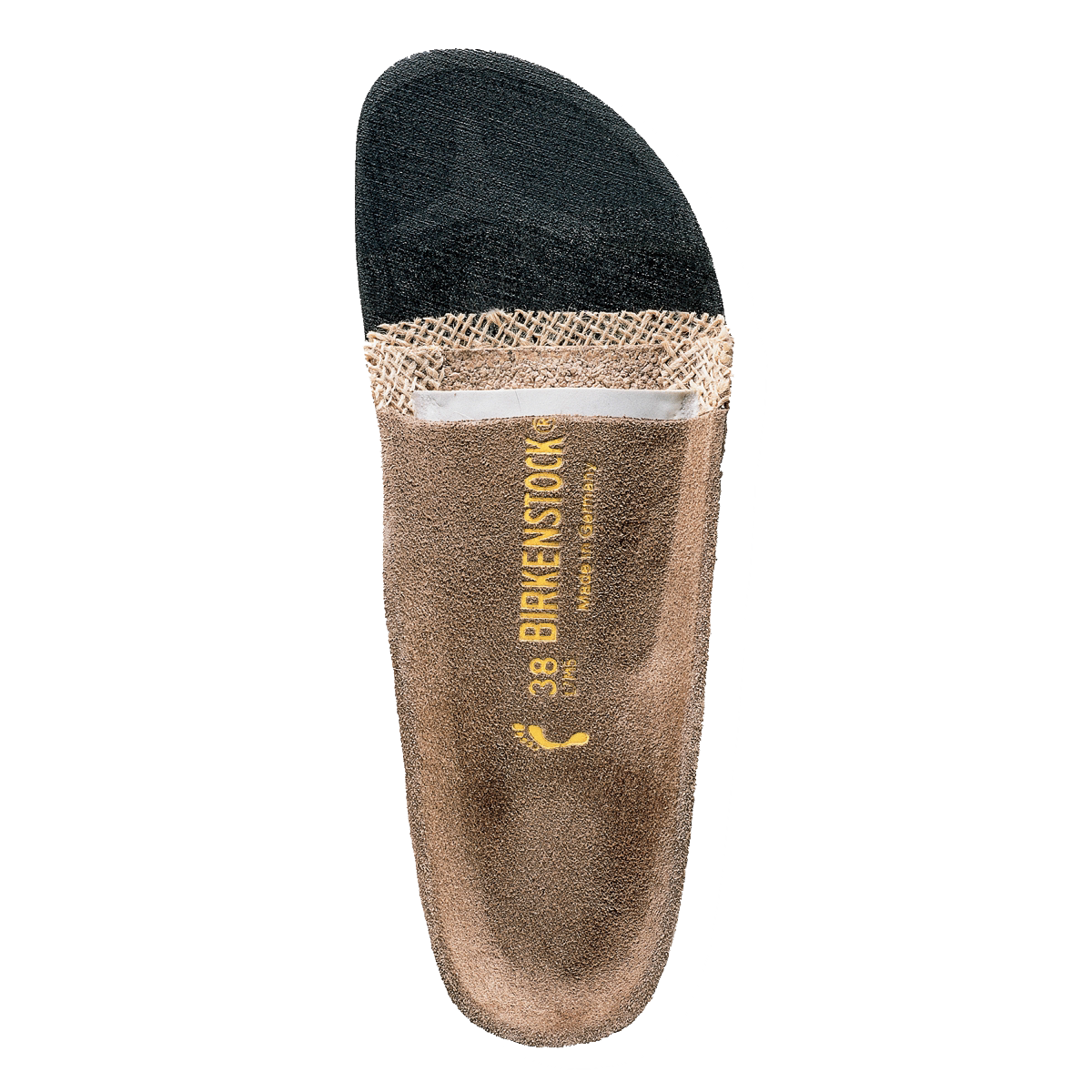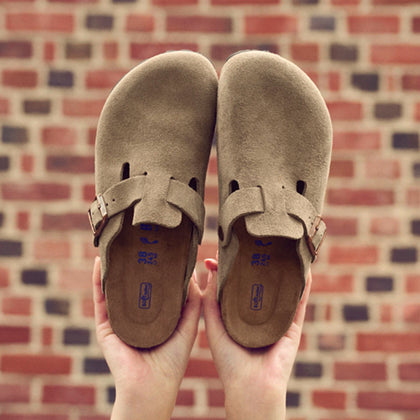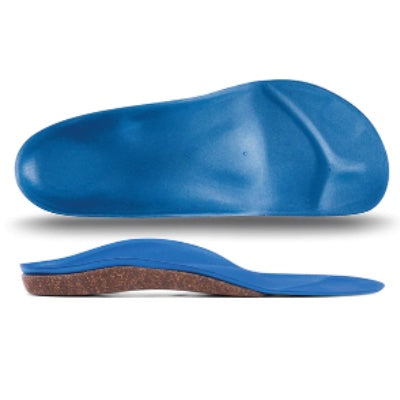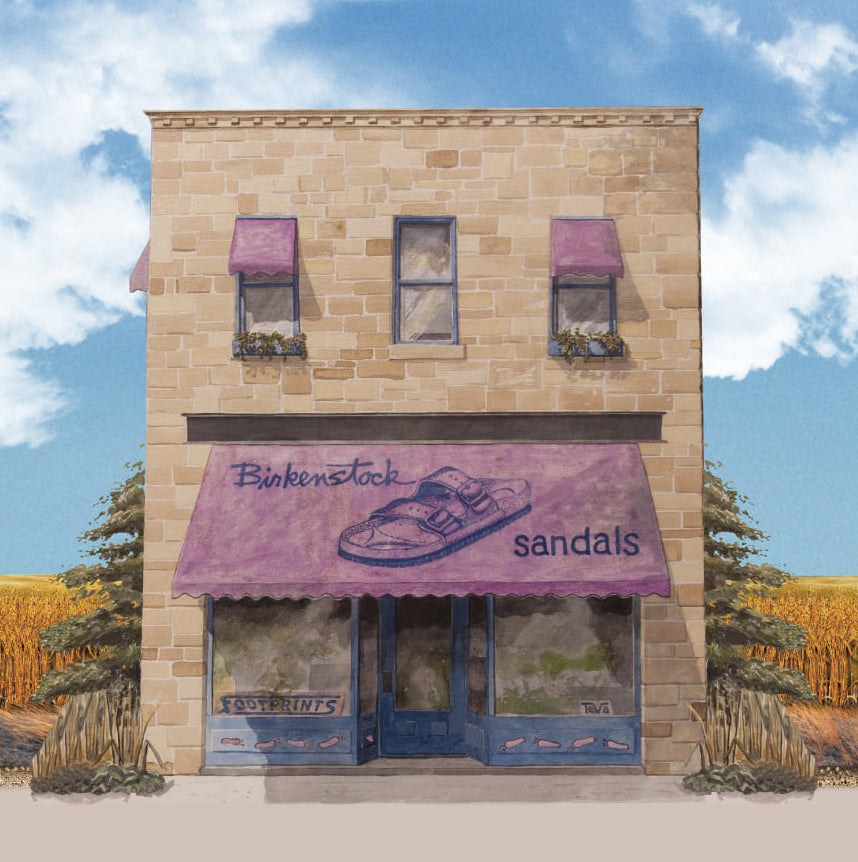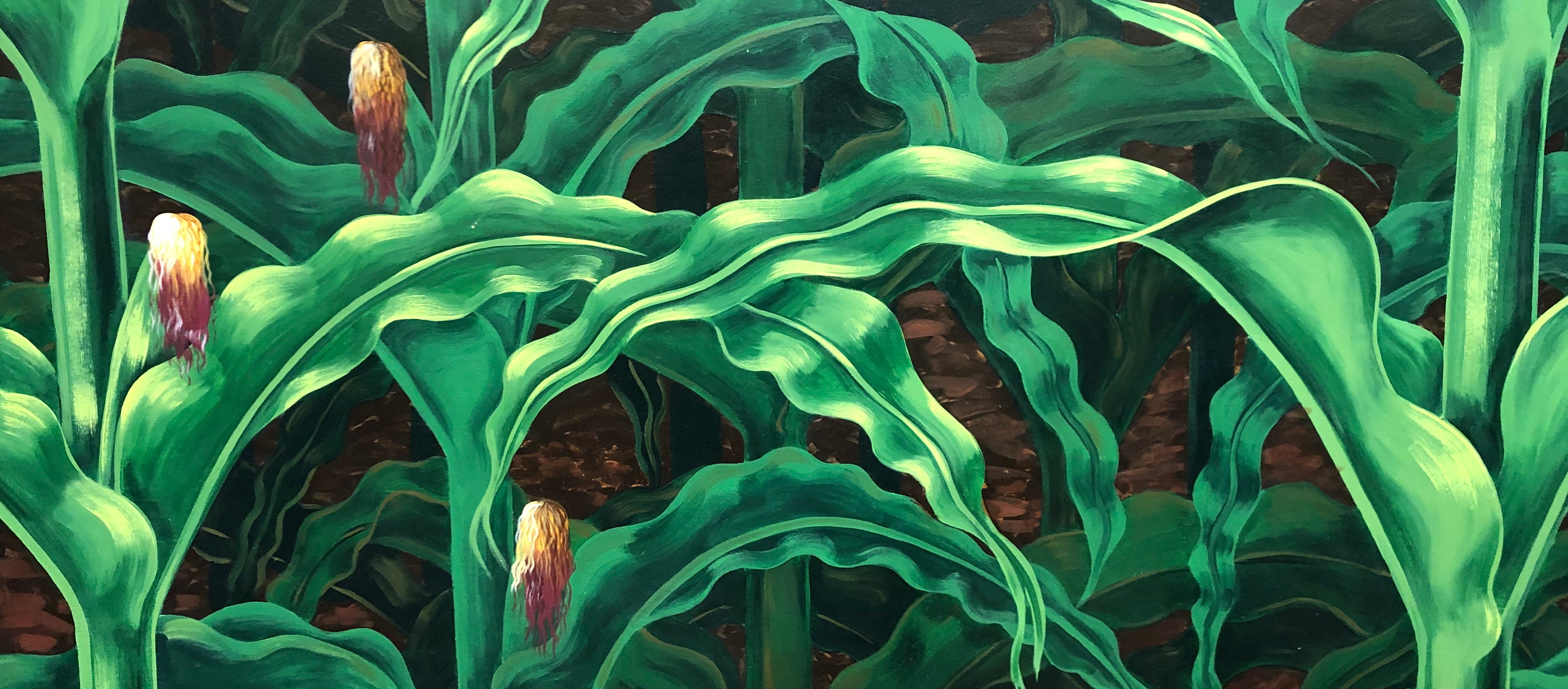
Lawrence, KS—Friday, August 16, 1872—It was a magical day like no other. An endless stream of horses, carriages and farm wagons rolled into town. The railroad depot was overwhelmed with specially arranged excursion trains with discounted fares. People came from a 60-mile radius. The surrounding countryside was depopulated. Hack drivers were at capacity. Streetcars were full from morning until night. On cue, the rain stopped at 7:00 am. Enthusiasm had been building for weeks. A little rain was not going to dampen it. People in their “go-to-meeting clothing” lined up along Massachusetts Street. By 8:00 AM, all the best spots were taken. The skies cleared. It was going to be a beautiful day. The parade was set to begin at 9:00. The circus had come to town.
This wasn’t just any circus. Lawrence had seen small troupes before traveling by wagon. They would typically set up near the county jail, just north of our current library. Today this was P. T. Barnum’s Great Traveling World’s Fair, the world’s first railroad circus. It was huge. It needed three to five acres of open land. In one day an army of performers, concessionaires, canvas-men, animal keepers, railroad men, businessmen, laborers, accountants and human curiosities would arrive in a town, set up their tent city, hold a parade, have three performances, sell thousands of tickets, breakdown the tents, load everything back on their specially designed train cars and head to the next town to set up again the next morning. In this traveling city with hundreds of bizarre people and even stranger animals, everyone had their special role to play. Each knew his or her job and did it with alacrity. Time was money. Indeed, it made lots of money. It was magical.
For a wagon circus, a jump (the distance to the next show town) was limited by how fast your horses/elephants/camels could walk. Bad roads, mud and weather exhausted the troupe and necessitated playing towns too small to be profitable. Combining a circus with the railroad was revolutionary. Jumps could be 100 miles. Traveling at night, performers rested between shows and skipped unprofitable towns. Dan Costello, W. C. Coup and P. T. Barnum were the revolutionaries who applied new emerging technologies to their vast circus experience and assets, thus transforming the American entertainment industry. They were shipping so much money back to New York, the authorities suspected criminal activity.
When this circus arrived, the economy was good. The bridge over the Kansas River had just been built. Local businessmen had exaggerated visions of making Lawrence a major hub for railroads. The Lawrence Coal, Coke and Gasworks Company was lighting the night with gas street lamps. Reverend Richard Cordley railed against consumption of alcohol at Plymouth Congregational Church, while German immigrants enjoyed their beer in East Lawrence. A dam was being built across the Kansas River to power industry along the south bank of the river. With the end of the Civil War, returning soldiers brought home a love of baseball. Lawrence’s baseball team, the Kaw Valleys, was state champion. Dudley Haskell, former shoe merchant and future Congressman, towered over his opponents at 6’ 3”. He was a feared home run hitter. The Kaw Valleys baseball grounds were just south of “the park” (South Park) and the future Footprints storefront. Public transportation regularly brought fans from the Eldrige House to the games. As many as 800 people attended games. The baseball grounds had open land with easy access to town. The new horse-drawn rail streetcar system stopped just shy of the baseball grounds. The rooftop sign on the streetcar boasted a singe word—PROGRESS. Lawrence was eager to be modern.
Not many people grow up thinking of running away to join the circus anymore. However, for more than a century that fantasy fired the imagination of many a young man. W. C. Coup had run away from home at 16 to join the Seth B. Howes Circus. Howes was a legendary pioneer of the circus trade. Howes was able to draw attention to his circus and draw a crowd by renting the name of the famous P. T. Barnum, the celebrity known for his New York Museum and promotional tours of national acts like singer Jenny Lind and Tom Thumb. Coup went on to manage the sideshow for the Mabie Circus and later the great Yankee Robinson Circus. He had apprenticed and learned from the best. Coup was no stranger to Lawrence. In his autobiography he recalled when his wagon circus came to Lawrence during the “border ruffian days”, he was awaken from sleep in his wagon. With bleary eyes he fired his gun in the direction of suspected Missouri hooligans only discover he had shot his elephant. Coup knew well the hardship of a circus traveling by wagon and understood the value of P.T. Barnum’s name and cost of playing tiny towns.
 The night before the Lawrence performance in 1872, the circus dazzled Topeka. During its last performance, the other tents started to come down. Loading the train was organized by the order of when wagons would be needed. A long series of flatbed cars were modified to allow speedy loading and unloading of hundreds of wagons off ramps at the end of the train. Chocks and ropes held the wagons securely on the rail cars. The next morning, in Lawrence, bright and early, first off the train was the cook wagon to make breakfast. Next came wagons carrying canvas and poles for the tents. The canvas men, without fanfare, made their way to the baseball grounds to erect a series of six mammoth tents for a museum, the sideshow, the menagerie, the big top and utility tents. The main tent for the performances could hold more than 10,000 people. In addition to flat cars for the wagons, there were Pullman cars for the star performers and the higher-ups and other accommodations for the rest, a traveling city where everyone lived on the train. More wagons of animal cages, an aquarium wagon, band wagons and hand-carved, highly decorated wagons disembarked to prepare for the parade. The unloading and loading took place with such speed and precision, the U.S. military studied it to improve their own efficiency.
The night before the Lawrence performance in 1872, the circus dazzled Topeka. During its last performance, the other tents started to come down. Loading the train was organized by the order of when wagons would be needed. A long series of flatbed cars were modified to allow speedy loading and unloading of hundreds of wagons off ramps at the end of the train. Chocks and ropes held the wagons securely on the rail cars. The next morning, in Lawrence, bright and early, first off the train was the cook wagon to make breakfast. Next came wagons carrying canvas and poles for the tents. The canvas men, without fanfare, made their way to the baseball grounds to erect a series of six mammoth tents for a museum, the sideshow, the menagerie, the big top and utility tents. The main tent for the performances could hold more than 10,000 people. In addition to flat cars for the wagons, there were Pullman cars for the star performers and the higher-ups and other accommodations for the rest, a traveling city where everyone lived on the train. More wagons of animal cages, an aquarium wagon, band wagons and hand-carved, highly decorated wagons disembarked to prepare for the parade. The unloading and loading took place with such speed and precision, the U.S. military studied it to improve their own efficiency.
Dan Costello also grew up in the circus. He had performed as a clown, an equestrian rider and eventually formed his own circus. After the completion of the Tans-Continental Railroad 150 years ago, the very first train carried an advance man for the Dan Costello Circus. His circus was making its way from Maryland to California and would catch a ride on the train in Omaha. Although Costello’s small circus used the train to cover the vast distances of the west, his troupe still functioned as a wagon circus going from town to town in horse drawn wagons. They played Cheyenne, Denver, Ogden ending with a four-week stint in San Francisco. Coup and Costello were both from Wisconsin and knew each other. Both had rented Barnum’s name. Upon Costello’s return in the fall of 1869, Coup proposed combing their troupes to perform in the booming lumber towns along the banks of Lake Michigan. Transportation would be by Great Lakes steamers. This partnership led to planning a much larger circus, if they could only talk P. T. Barnum into not only renting his name, but also supplying money, expertise and attractions.

In Lawrence, advance men for the circus arrived in stages prior to the big day with four goals: To secure the location. To promote the event in a spectacular manner. To arrange excursion trains with the ability to purchase circus and train tickets at depots in surrounding towns. To prepare the grounds. A banked hippodrome horse track needed to be excavated where the big top tent was to be placed. The dimensions and details of the track needed to be exact. The track would encircle two inside rings where acts would take place. A procession of pageantry, clowns and animals would parade around the track as well as equestrian acts including Alexis the horse-riding goat.
The circus employed a very modern form of saturation marketing. Everyone with a mail box received a 24-page “Barnum’s Advance Courier” detailing the incredible things that awaiting them under the big top. Circus public relations people arranged for stories to appear in all the various newspapers. The “billers” of posters passed out free tickets to people who would allow circus posters to be placed on their storefront windows or walls. Almost every flat surface in town was plastered with posters, making it an irresistible draw. Lawrence was acutely aware of this circus.

Prior to 1872, advertising in general relied upon words, lots of words, too many words. Barnum realized early on from his museum days that it was better to communicate visually. Stone lithography had been around since 1794, but by the 1870s hand-pulled presses were being replaced with presses powered by steam engines. Quickly and cheaply, gorgeous posters with bombastic colors and mind expanding images were flying off the presses. Previously, posters had been made with a clunkier wood block method where the cost of a poster was about 50 cents. With the new steam powered lithography, the cost plummeted to a nickle. It was cheap and far superior. Lithography revolutionized circus promotion.
After the canvas men were off setting up their tents near current 14th and Mass and everyone had been fed, spectacular circus wagons were assembling to begin the parade. They made their way down Winthrop (7th) street heading toward Massachusetts Street where throngs of people awaited. But a snafu occurred. Instead of going all the way to Mass, they made a wrong turn on New Hampshire Street. Correcting themselves by Henry (8th) Street, they jogged over to Mass. However, hundreds of people in the 700 block of Mass were highly distressed. No one could resist the siren call of this fantastic free parade. The amazing Temple of Juno wagon was pulled by 20 camels. This brightly colored, ornately carved wagon telescoped skyward as gearing powered by the turning axles caused it to rise taller than most buildings. There were several musical band wagons, some featuring local musicians. One wagon presented the Alabama Slave Minstrels, alternately known as the Jubilee Singers from the Fisk school in Nashville. They had performed earlier in the year at the White House for President Grant. Wagons with cages for exotic animals were lumbering down Mass street. Admiral Dot, Barnum’s star dwarf, had is own miniature ornate wagon drawn by Shetland ponies. Most importantly there was a wagon devoted to the sale of P. T. Barnum’s autobiography. The sight, the smell and sound of this event was simply electrifying. Leading the way of this exotic troupe was a plain carriage with two agents of the circus “finding” their way to the baseball grounds. They were the ones who made the wrong turn back on 7th Street.

Phineas Taylor Barnum knew all the important people. He was one of the richest men in New York City where he had been operating Barnum’s American Museum for decades. He turned Jenny Lind and General Tom Thumb into national celebrities and made a fortune doing so. With a tendency toward hyperbole and exaggeration, he knew how to appeal to the average American. He knew how to work the press, creating news to his advantage and yes, sometimes fake news. Not burdened by being humble, one Barnum poster announced he was, “The Sun of the amusement world from which all lesser luminaries borrow light.” In speaking to President Grant after his post-presidential tour of the world, Barnum claimed Grant must be the best known man in the world and Grant replied “By no means. You beat me sky-high; for wherever I went—in China, Japan Indies, etc the constant inquiry was ‘do you know Barnum?’ I think you are the best known man in the world.” Barnum was not with the circus in Lawrence. He was back in New York. A few years earlier, he had been through Lawrence joining George Custer for a Kansas buffalo hunt during Barnum’s brief retirement.
When Barnum’s profitable New York American Museum burned to the ground in 1865, he retired. Retirement didn’t suit Barnum. He had too much energy. When Coup and Costello approached him in the fall of 1870, he was willing to not only rent his name, but supply his considerable expertise in advertising, provide many of the circus acts and animals as well as provide piles of money. Though he mainly stayed in New York and left most of the work to his younger partners, his contribution was vital to the success of the effort. This fabulous combination of talent, experience and youth had a trial run in 1871 where this newly formed circus toured New England by wagon. At the end of 1871, they were ready to put the show on the rails across America.

Following the Lawrence parade, people made their way down Massachusetts Street. Those who didn’t already have tickets would stop at one of three ticket wagons, possibly set up where our storefront would soon be built. These were vacant lots near the entrance to the circus grounds. Ticket sellers were attractions and performers in their own right, selling thousands of tickets in an hour with flair. On the wagon floor were bushel baskets quickly filling with quarters, tossed in a flurry with the constant clinking of silver. The red tickets with Barnum’s face were grabbed by an eager throng. Admission to all attractions for an adult was two quarters. Children under 9 were charged one quarter. Those who purchased the Barnum’s Autobiography for $1.50 got in free. The autobiography cost Barnum nine cents to print.

With your ticket, you were free to make your way to the “big top” through various other tents featuring museum pieces, new technology, exotic animals, and living curiosities. On display were “Wild Fiji Cannibals,” “the only living giraffe in America,” bark from a giant California redwood tree, human dwarfs and giants, talking automatons, “live Digger Indians,” a group of “monster sea lions,” marvels of science and Annie Leak, an arm-less woman, who would write poetry and sign autographs with her feet. It was reported that she had “penmanship of a very good hand.” The experience would have fascinated everyone. Oh, and don’t forget the concession stands.
Once you found your seat in the big top, you were prepared to be overwhelmed. The spectacle included clowns, acrobats, trained elephants, lots of equestrian wonders. Fred Lazelle and Billy Millson were a daring trapeze act of death-defying feats. They were advertised to perform in Lawrence, but a few days earlier in Saint Louis the duo plummeted to the sawdust below. Amazingly, no one was killed. Local papers didn’t mention a Lawrence performance, though they were part of the tour in 1873.

Once the last show began, ticket sellers tallied total sales, somewhere around 23,000 tickets sold. Keep in mind, Lawrence at the time only had a population of 8,300. With the performers wowing patrons inside, canvas men started disassembling the other tents and loading up all the museum items and menagerie. Time to load the train and get ready for tomorrow’s performance in Leavenworth. At show’s end, people filed out and were bewildered to find all the other tents had disappeared. The big top was the last to come down.
1872 was an election year. Reconstruction was loosing steam. The Lawrence economy was growing. The panic of 1873 was still off in the future. The Civil War and the business-friendly Grant administration helped concentrate economic power in the hands of a growing array of corporations, fueled by infusions of money from investors at home and in Europe. America was primed and ready to move toward the Gilded Age. The rapidly expanding railroad not only transformed the circus, it opened America as a national market for national manufacturers. Lawrence at this time was still largely agrarian, largely local. People produced locally and bought things locally or were resourceful enough to make their own stuff in a very Jeffersonian manner.

In aggregate, the many circuses crisscrossing the country, fiercely competing with each other, effectively became a national network of entertainment. The circus was a relentless agent of change. It became the tool by which new ideas, magical technologies, new forms of advertising were transmitted across the country. For instance, in 1879 a circus set up on the baseball grounds, a stone’s throw from the Footprints storefront and introduced Lawrence to the marvels of electricity. Later, a circus would introduce motion pictures and other amazing things.The circus was pushing Lawrence and the rest of the country toward modernity. The circus spread new forms of modern graphic design and the visual arts across the country. “Bill it like a circus” became the advertiser’s motto. For good or bad the circus helped homogenize America to a more modern mass-consumer culture.


